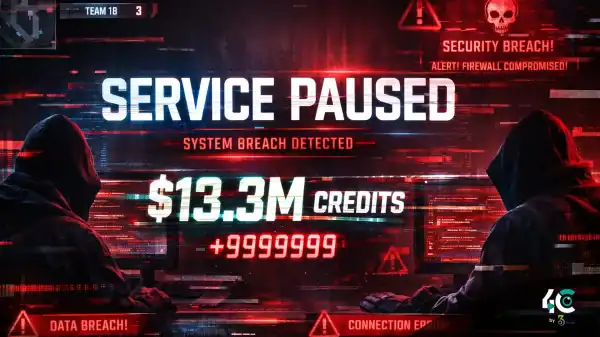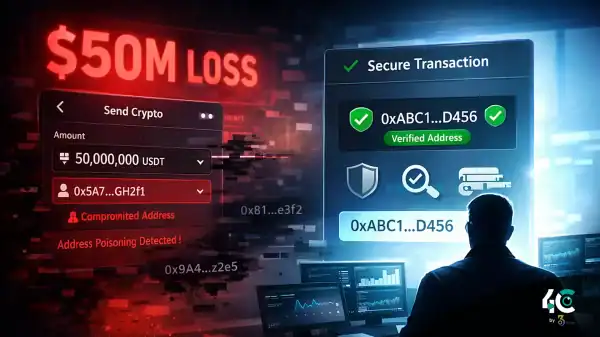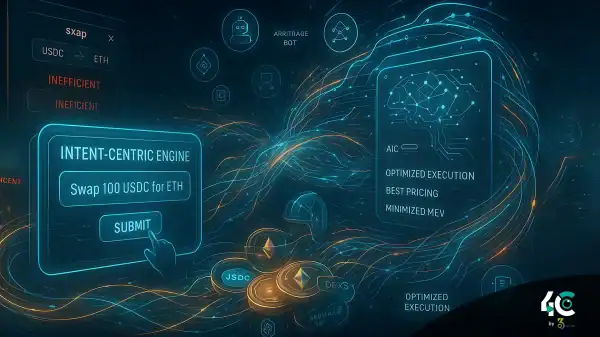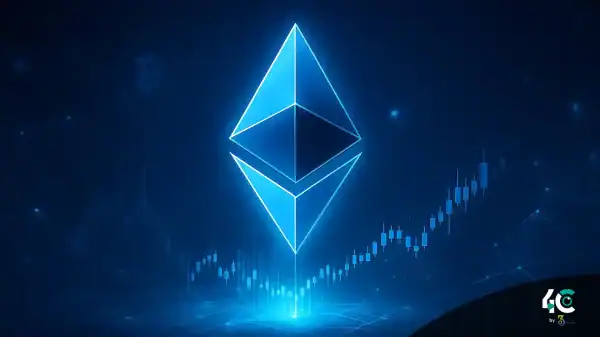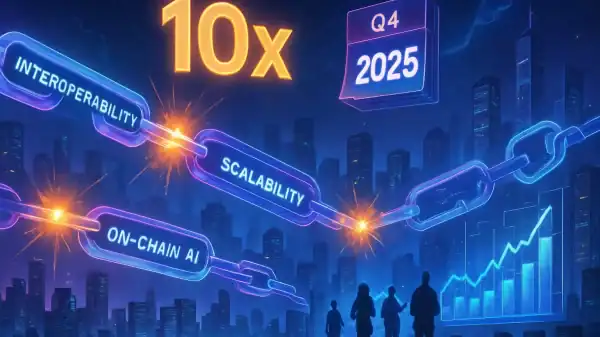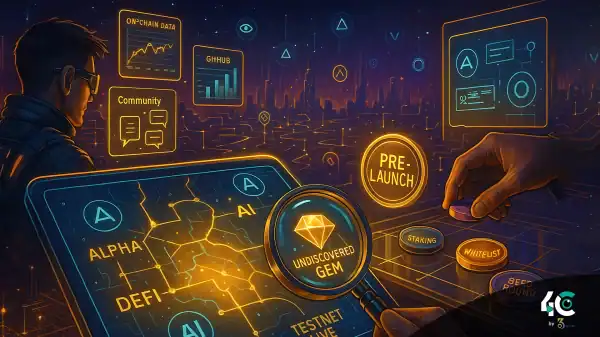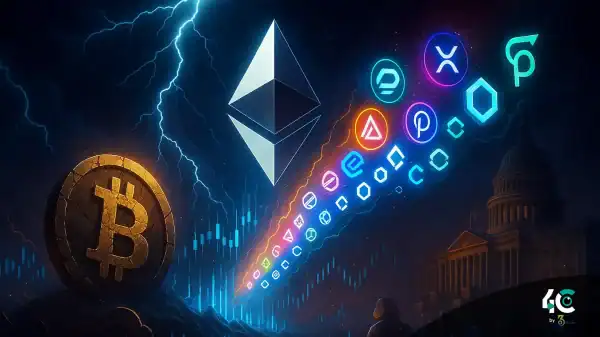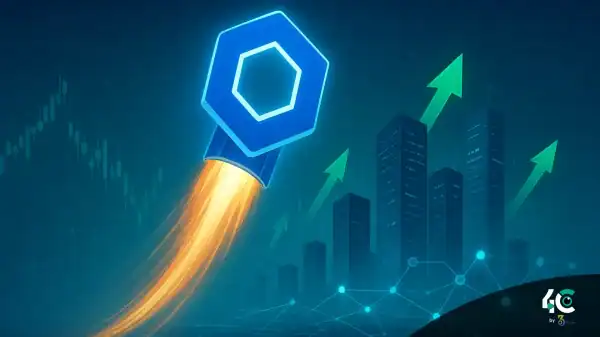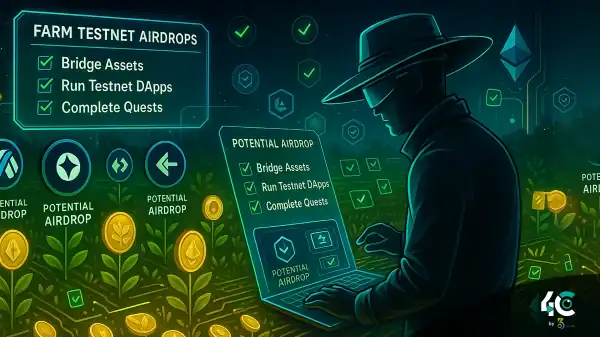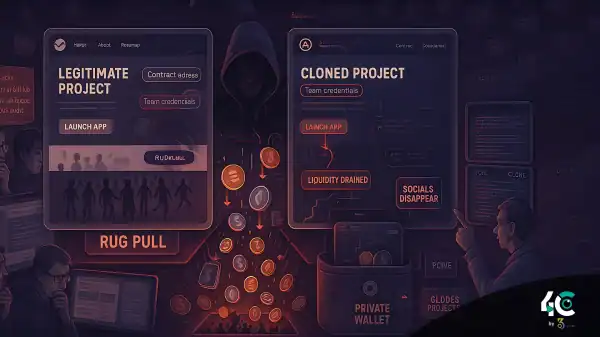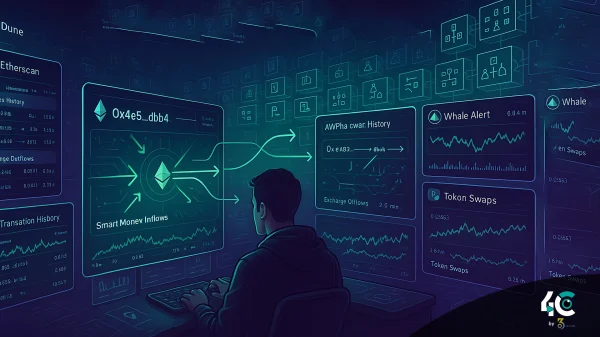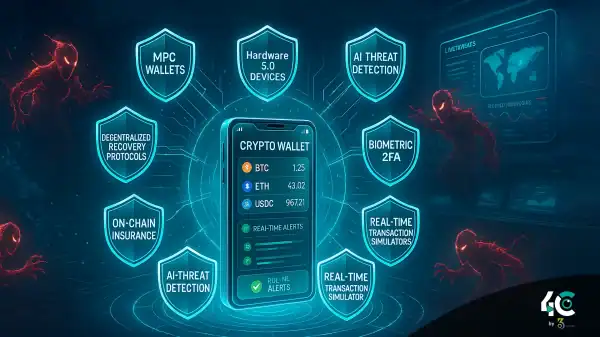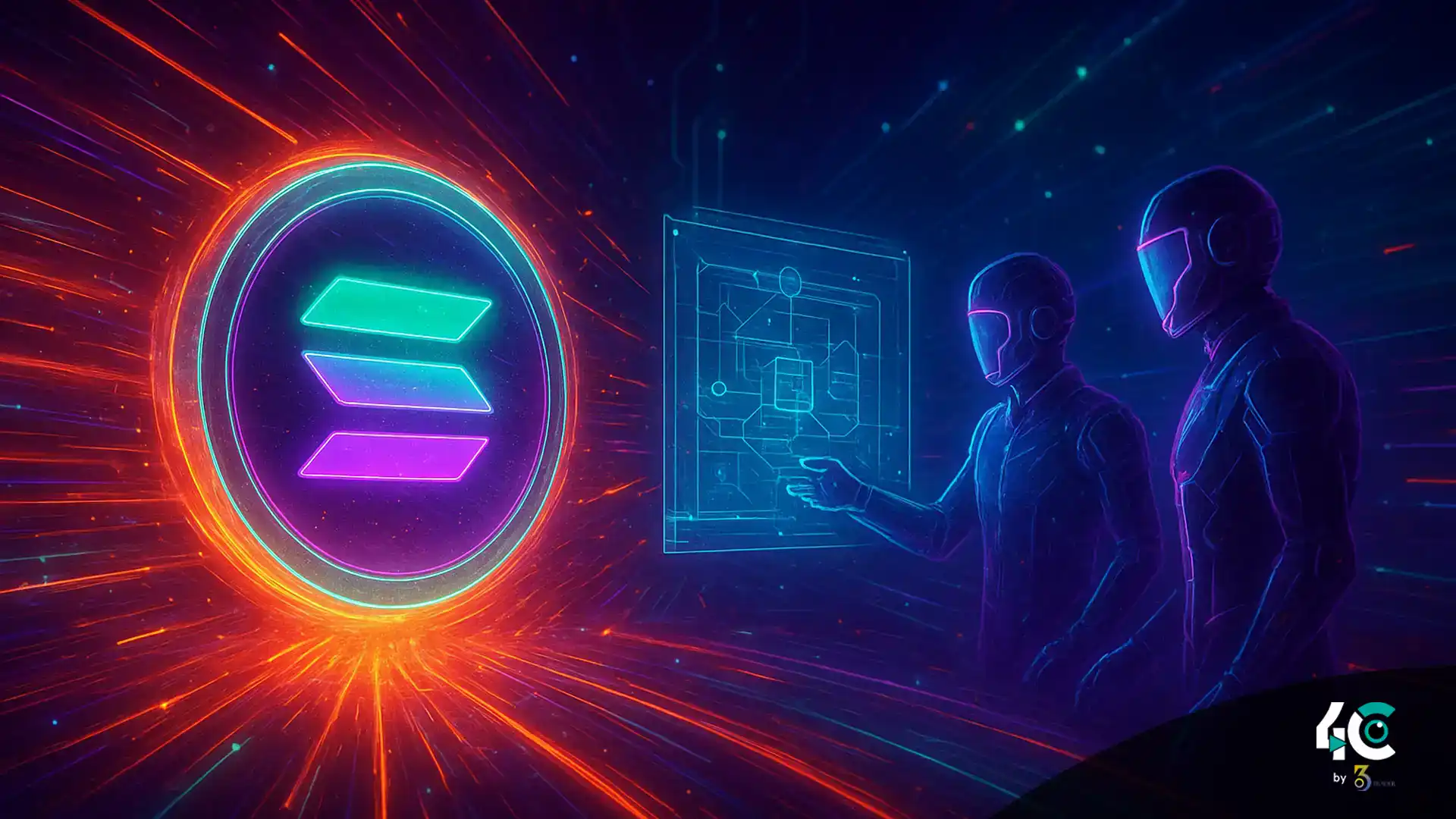🚀 Jump Crypto Pushes for Dynamic Block Limits on Solana
Jump Crypto, a Web3 company, has proposed eliminating Solana’s fixed compute block limit in a move aimed at improving network performance and encouraging validators to upgrade hardware. The SIMD-0370 proposal follows the near-universal approval of the Alpenglow upgrade scheduled to deploy to the testnet in December.
According to Jump Crypto, the validator client developer for Firedancer, removing static block limits allows slower validators to avoid complex blocks. Advanced validators can pick these blocks, giving them a performance edge.
Block creators group additional transactions to earn higher fees. Validators who skip blocks lose rewards, incentivizing hardware upgrades and code optimization. Anza, a Solana research firm spun out of Solana Labs, stated:
“Better performance across the network means producers can safely push limits further.”
⚡ Driving Network Resilience and Speed
The SIMD-0370 proposal is part of a broader effort to improve Solana network resiliency and validator client diversity. In September 2024, Firedancer had limited mainnet operations, highlighting the focus on throughput and reducing outages caused by sudden network activity spikes.
Solana’s fast speeds and low transaction fees have made it popular. Its DEX trading volumes have occasionally surpassed Ethereum’s this year. However, network interruptions underscore the need for strong protocol updates.
🛠 From Fixed to Flexible Compute Units
Currently, Solana has an upper limit of 60 million compute units (CU) per block. SIMD-0370 recommends removing this limit to allow block size to scale with validator capacity. Previously, Jito Labs proposed raising the limit to 100 million CU with SIMD-0286.
Also Read : Crypto.com Denies Cover-Up of Its 2023 Phishing Scam After Leak Claims
⚠️ Centralization Concerns Loom
Dynamic block limits may encourage hardware upgrades, but some engineers warn of centralization risks. GitHub contributor Akhilesh Singhania noted:
“If bigger validators continue to upgrade to expensive hardware, smaller validators unable to keep up may exit. The network could be dominated by fewer, larger validators.”
🌄 Alpenglow: Solana’s Most Ambitious Upgrade
Anza’s proposed Alpenglow upgrade from May represents the most significant protocol change in Solana’s history if approved. Making transactions final just 150 milliseconds after a client sends a transaction will address many concurrent transaction issues. However, it will not match Ethereum’s finality timeframe.
If implemented, this proposal could change validator incentives, improve network efficiency, and increase transactions per second, forming a key part of the Solana Alpenglow roadmap.


